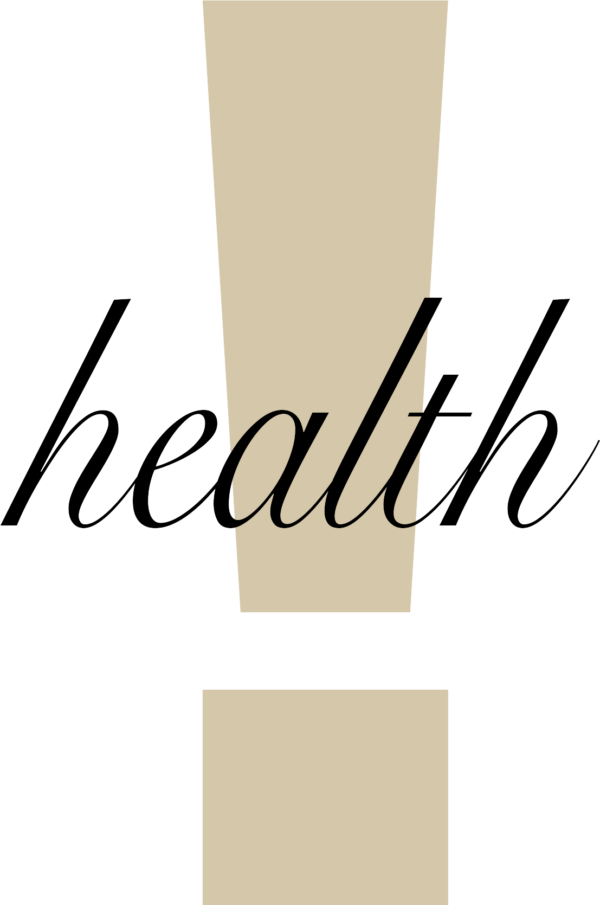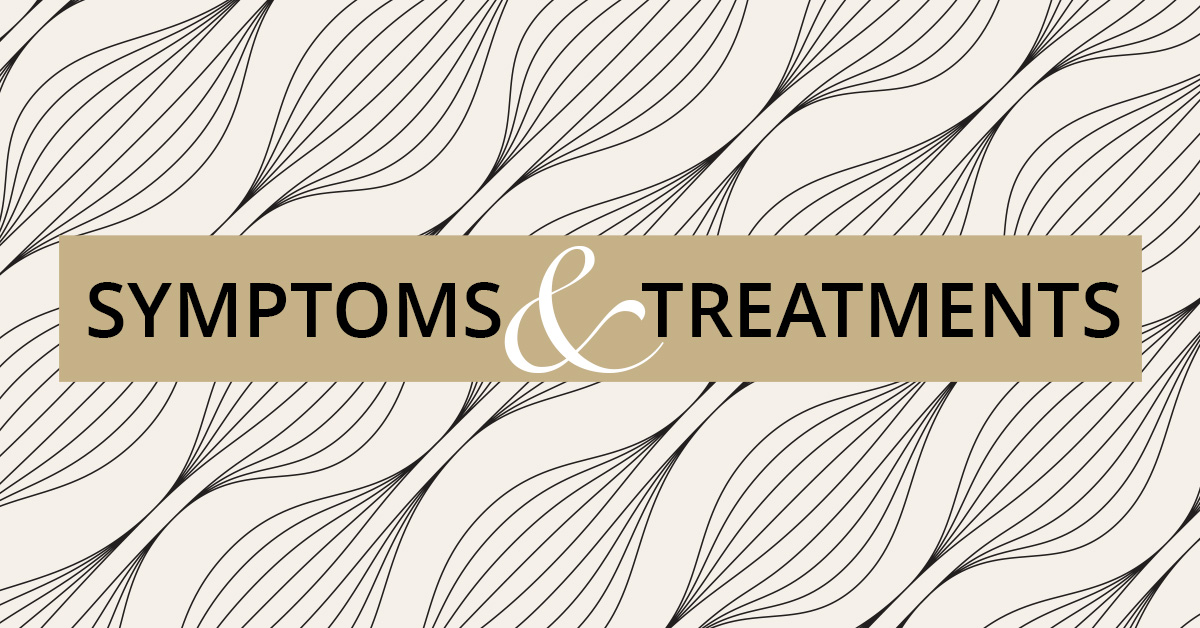References to menopause in history date back to the ancient Greeks and beyond. Aristotle supposedly referred to menopause, saying it began at 40 years of age.
The term “menopause” (la ménépausie) was actually coined in 1821 by French physician Charles Pierre Louis De Gardanne. Personally, I think they should’ve asked a woman to name it. After all, we’re known to call it MANY different things (none of which I can print here).
Cultural mores surrounding the menstrual cycle have changed over the ages, impacting how women have dealt with menstruation and menopause. Societal reaction to women’s menses dates back to biblical times. Anita Diamant, author of the bestselling novel The Red Tent, said in an interview with Ms. Magazine that menstrual tents and huts were all over the world in various pre-modern societies. However, the specific reference to a “red tent” was one that she created for her book.
Many major religions of the world have placed restrictions on menstruating women. This has led to prohibitions on physical intimacy, cooking (now that’s a prohibition I can live with!), attending places of worship, and even requiring women to live separately from men during their cycles (probably for the men’s safety and sanity!). In some religions, menstruating women are considered “impure.” They are even required to immerse themselves in the waters of a ritual bath following their menstrual periods or after childbirth in order to become pure and permitted to resume sexual activity. Others think menstruating women are thought to lose qi or chi (life force).
Even the symptoms of menopause differ throughout the world. In the West, for example, menopause is often marked by hot flashes. In Japan, it’s shoulder pain and in India it’s low vision. I’m thinking I’d rather have a cold shoulder than a hot flash!
How did women cope with menopausal symptoms in years past?
According to the American Cancer Society, “cohosh” is a Native American word that means “knobby rough roots,” which describes the appearance of the plant’s roots. Native Americans used black cohosh to treat uterine disorders such as menstrual and menopausal symptoms. Today, women still use black cohosh as a natural treatment for menopausal symptoms.
According to NAMS (North American Menopause Society), evidence about the effectiveness and safety of black cohosh for treatment of hot flashes is mixed: some studies show improvement of menopause symptoms and some show no benefit. Other Native American herbal treatments for menopause-related symptoms included alfalfa, chasteberry, dong quia, maca, oak, sage, red clover, star anise and sweetgrass.
In an excerpt from Hot Flushes, Cold Science: A History Of The Modern Menopause, author Louise Foxcroft notes that the term “hysteria” was often used by doctors in describing their menopausal patients. (Where ever would they get that idea??)
The book gives accounts from the mid-1800s in England of doctors prescribing a pre-meal mixture of carbonated soda. Other remedies included a large belladonna plaster placed at the pit of the stomach and vaginal injections with a solution of acetate of lead. Prescriptions ranged from opium and hydochlorate of morphine to chloric ether and distilled water. No wonder women were reduced to hysteria.
Before 1880, treatments for menopausal symptoms primarily consisted of herbals, along with a selection of belladonna, cannabis or opium. In the 1890s Merck offered these chemicals along with the flavored powder Ovariin for the treatment of menopausal symptoms and other ovarian ills. Ovariin was made by dessicating and pulverizing cow ovaries, and may have been the first substance commercially available for treatment of menopausal symptoms that was derived from animal sources. Testicular juice also was used as a treatment. Oh yum!
In the 1930s, menopause was described as a deficiency disease. Emminen (not to be confused with the modern-day rapper) became commercially available in 1933. Diethylstilbestrol (DES) was first marketed in 1939 as a far more potent estrogen than Emminen. In 1942, Ayerst Laboratories began marketing Premarin, which would eventually become the most popular form of estrogen replacement therapy in the U.S., and Prempro, a combination of Premarin and Provera, which eventually became the most widely dispensed drug in the U.S.
Today, treatment of menopausal symptoms is, thank goodness, considerably more sophisticated than the remedies of yesteryear. The North American Menopause Society published its first comprehensive evidence-based recommendations for clinicians, published in the October 2014 issue of Menopause.
You could say “We’ve come a long way, baby” in terms of how we treat menopausal symptoms. We now have different forms of HRT and many non-hormonal options to explore. However, we still need to help educate women on their options so that they can base their healthcare on facts instead of fear. More studies, please! While you’re at it, could you pass the opium?
Let’s see what advancements this new year brings.
Suffering in silence is OUT! Reaching out is IN!





